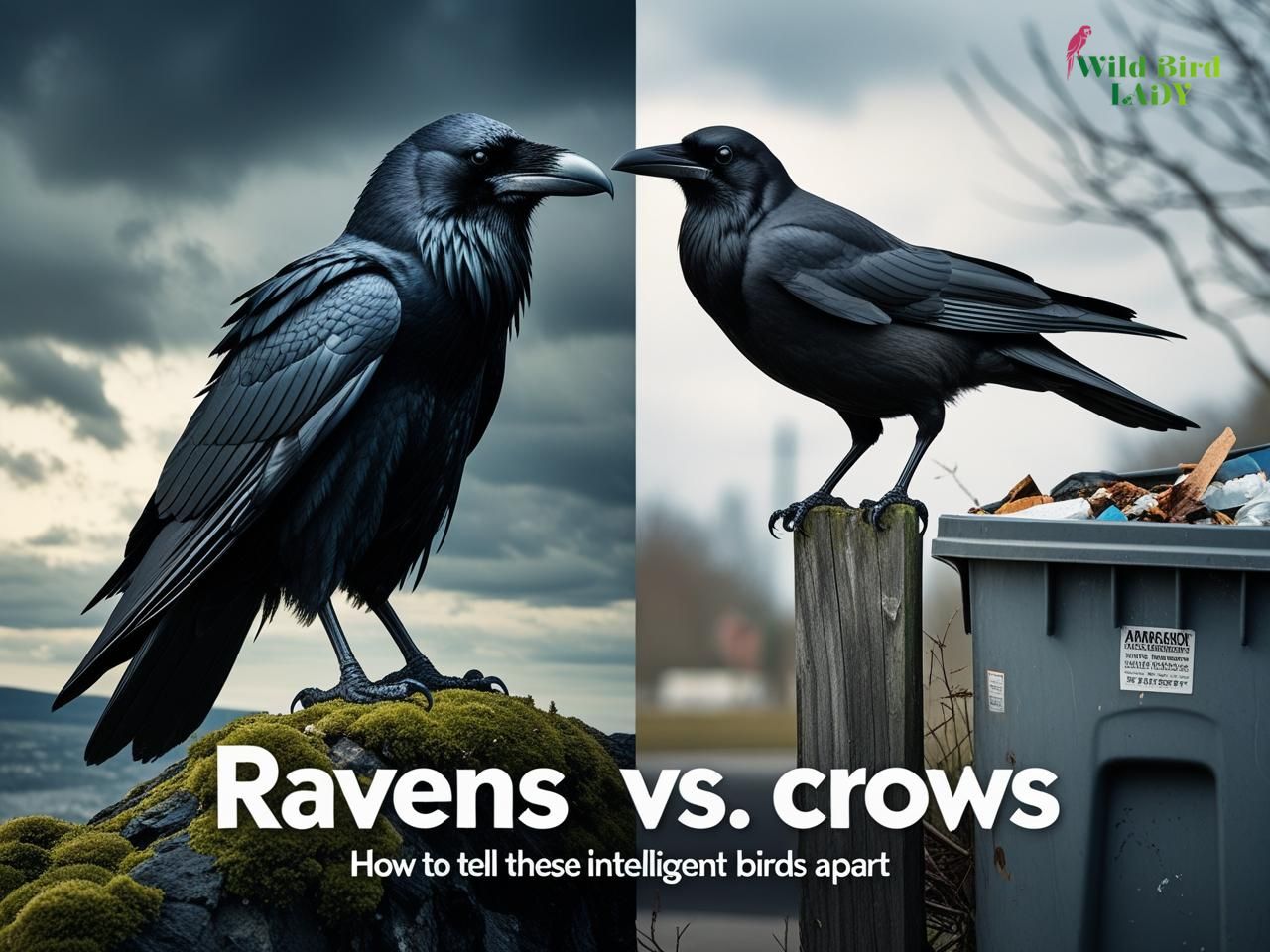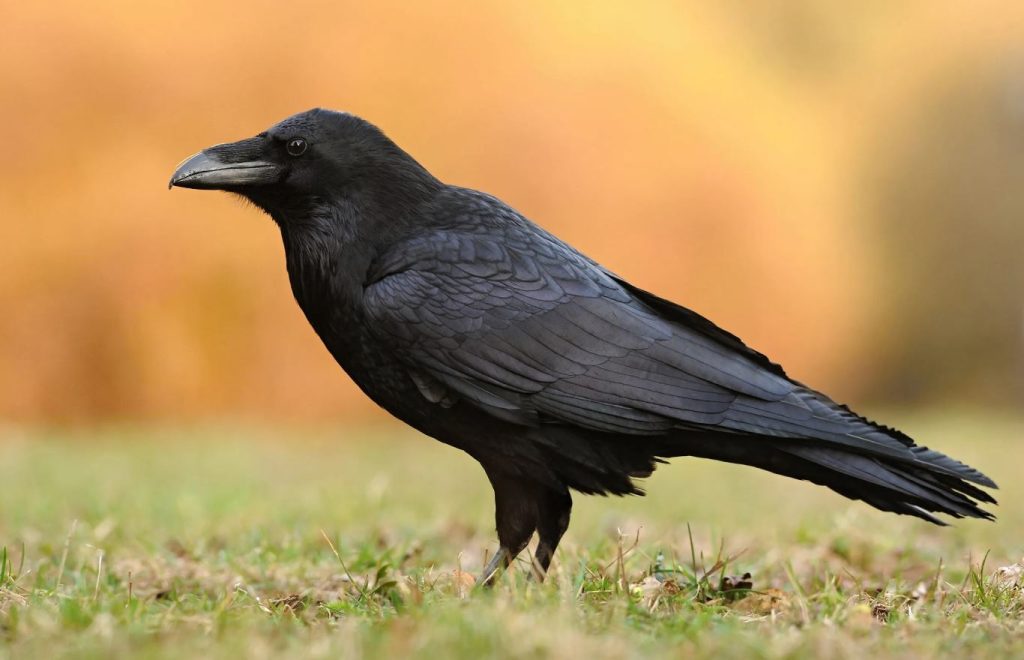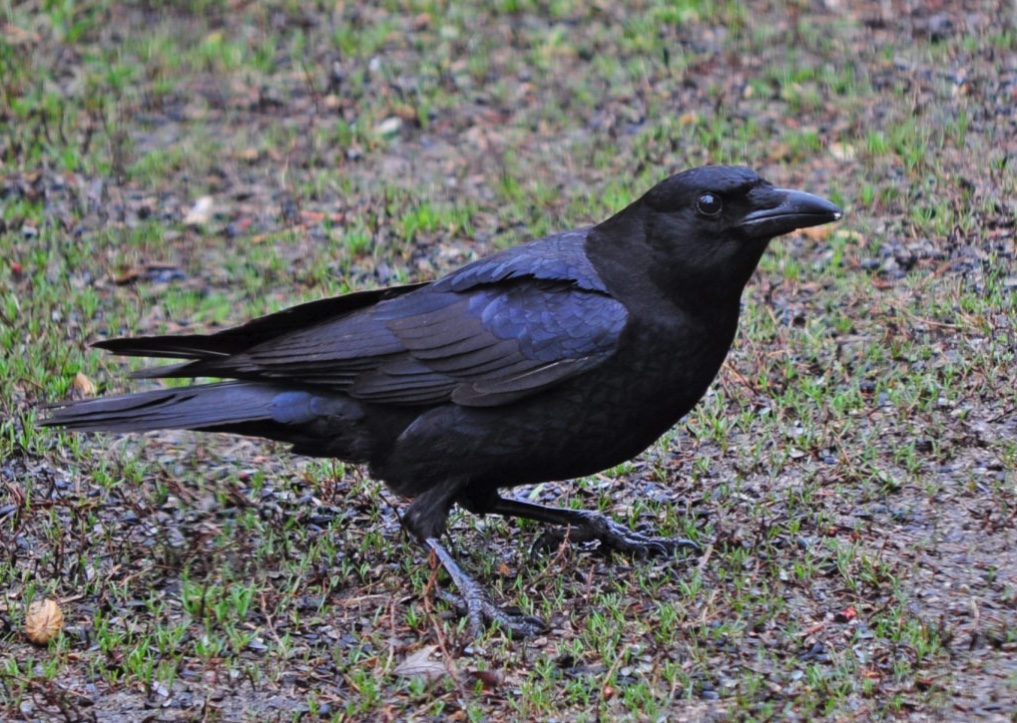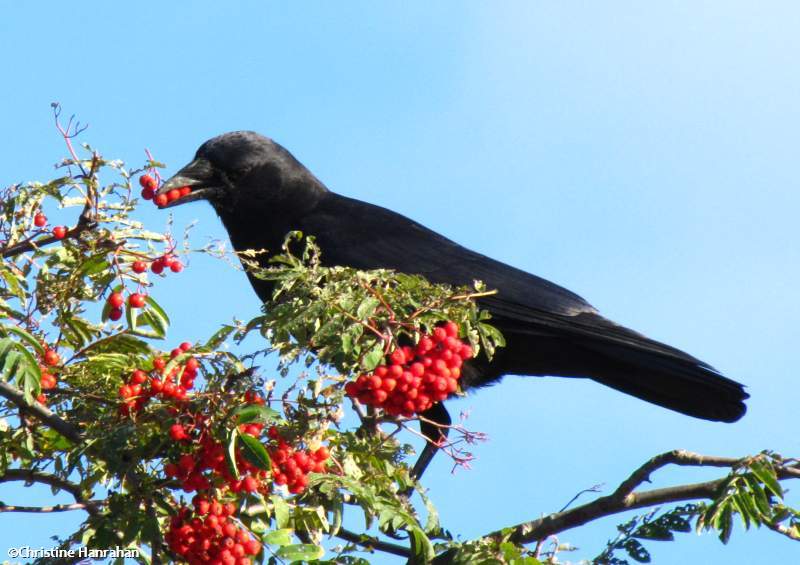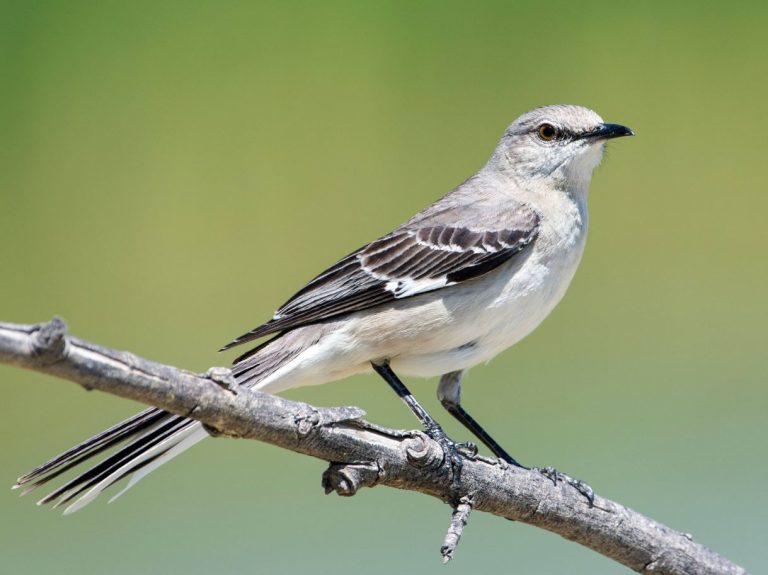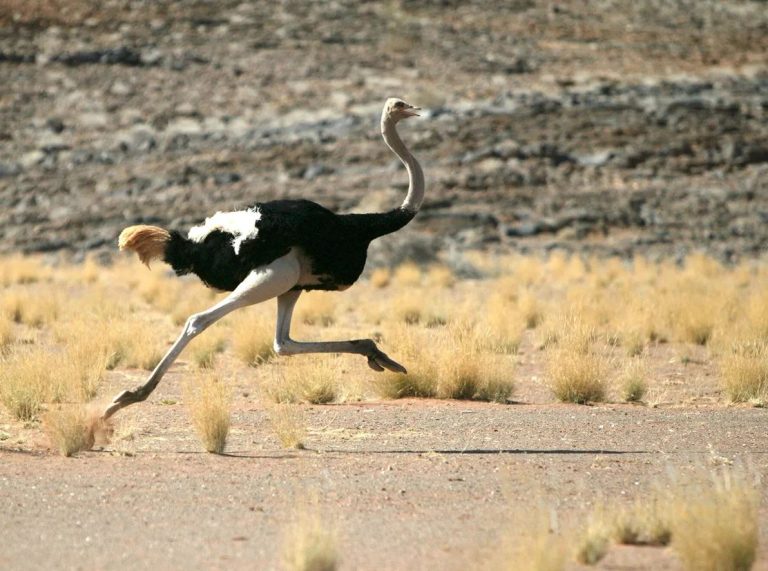Ravens vs Crows: The Ultimate Guide to Identifying and Understanding These Fascinating Birds
As someone with over 13 years of birdwatching experience, I’ve spent countless hours observing and studying the subtle—and sometimes not-so-subtle—differences between ravens and crows. Often confused because of their similar black plumage and intelligence, these two birds offer distinct traits worth exploring. This comprehensive guide will clarify those differences, enhanced by credible research to ensure accuracy.
Understanding Ravens and Crows: An Overview
At first glance, ravens and crows appear quite similar, especially from a distance. Both belong to the Corvidae family, known for remarkable intelligence, adaptability, and complex social behaviors. However, upon closer observation, distinct differences in appearance, behavior, habitat, and vocalization emerge.
Physical Differences Between Ravens and Crows
1. Size and Shape:
Ravens:
- Length: Approximately 24-27 inches
- Wingspan: 46-56 inches
- Noticeably larger than crows
- More robust, heavier bill, and a wedge-shaped tail
Crows:
- Length: Approximately 17-21 inches
- Wingspan: 33-39 inches
- Smaller and sleeker compared to ravens
- Fan-shaped tail, clearly seen during flight
When identifying ravens and crows, one of my tricks is observing their flight style. Ravens glide and soar effortlessly, often performing aerial acrobatics. Crows have a steadier, flapping flight pattern.
2. Vocalization:
Ravens:
- Deep, resonant croaks
- Wider range of sounds including gurgles and metallic “tok” noises
Crows:
- Higher-pitched, repetitive “caw-caw”
- Less varied vocal repertoire
Behavioral Differences
Intelligence and Problem-Solving
Both birds exhibit incredible intelligence, but ravens edge out crows slightly in terms of complex problem-solving and innovative behaviors. According to research from the Cornell Lab of Ornithology, ravens have demonstrated remarkable cognitive abilities such as using tools and engaging in playful behavior to learn about their environment.
Social Structure
Crows:
- Highly social birds
- Often form large communal roosts
- Strong cooperative family units, frequently seen mobbing predators
Ravens:
- Typically solitary or paired birds
- Rarely seen in large groups outside of feeding sites or roosts
- Form lifelong pair bonds
During my birdwatching expeditions, I’ve often observed crow groups noisily chasing off hawks or owls, behavior known as mobbing. Ravens, on the other hand, tend to avoid confrontation, opting for cautious observation instead.
Habitat and Range
Ravens:
- Prefer open, wilder regions such as mountainous areas, coastal cliffs, and forests
- Widely distributed across North America, Europe, and Asia
Crows:
- Thrive in varied habitats, including urban and suburban areas, farmland, and forests
- Found extensively throughout North America, particularly in areas with human activity
One memorable birding trip took me to the cliffs of northern California, where ravens soared gracefully against the ocean winds. By contrast, my backyard in New York frequently hosts crows, especially near bird feeders or gardens.
Dietary Preferences
Both ravens and crows are opportunistic omnivores, but their feeding habits differ slightly.
Ravens:
- More predatory; consume larger prey, including rodents and occasionally small birds
- Often seen scavenging carrion in more isolated regions
Crows:
- Consume a diverse range, including insects, seeds, fruits, small mammals, and human refuse
- Frequently forage in groups, particularly in urban areas
Conservation and Human Interaction
Crows have adapted exceptionally well to urbanization, often thriving alongside humans. You’ll see them nesting in telephone poles, dumpster areas, parks, and even backyard trees. Their flexible diet and strong social bonds allow them to exploit almost any human environment. Studies have even shown crows can recognize human faces and remember them over time—sometimes associating them with danger or reward.
Ravens, while adaptable, have historically preferred more remote landscapes—cliff faces, alpine forests, and tundra regions. However, recent observations and data from the Audubon Society suggest a behavioral shift. As human development expands, ravens are slowly colonizing suburban fringes, rural towns, and even quiet industrial zones. They’ve been spotted nesting on communication towers and feeding at roadside carrion sites—behaviors once rare outside wilderness settings.
This shift appears to be driven by food availability and reduced persecution. Where once ravens were actively hunted or excluded, they are now tolerated or ignored, giving them room to experiment. Still, their core preference leans toward less disturbed habitats, and they are slower to trust human presence than their crow cousins.
Cultural Significance and Folklore
Throughout history, ravens and crows have appeared prominently in folklore and mythology, often symbolizing wisdom, trickery, or omens. Ravens, in particular, have a storied place in mythology, from Norse legends to Native American tales.
You can learn more about the symbolism and meaning of crows in the article titled “Crows Spiritual Meaning: Decoding Their Mystical Signs & Symbolism“.
Identifying Ravens vs. Crows in the Wild: Expert Tips
Here are my tried-and-tested field tips for distinguishing between these two birds quickly—and accurately:
1. Listen Closely
Ravens produce deep, throaty croaks, often described as a low “gronk” or “tok” sound. They may also include clicks, gurgles, and knocking sounds in their repertoire. Crows, on the other hand, emit higher-pitched, rhythmic “caw-caw” calls, typically repeated in quick succession. When I’m birding in dense woods or near open fields, just hearing a call can often be enough to identify the species.
2. Look at the Tail in Flight
Tail shape is one of the most reliable visual cues. Ravens have long, wedge-shaped tails that taper into a point. Crows display a fan-shaped tail that spreads evenly. If you spot the bird mid-flight and can catch a glimpse of the tail, this clue is a game-changer.
3. Observe the Flight Pattern
Ravens tend to soar and glide like hawks, often catching thermals and riding air currents. They may even roll or tumble in the air. Crows have more direct and steady wingbeats with minimal gliding. Watching their flight from a distance with binoculars often gives this away within seconds.
4. Watch for Social Behavior
Crows are far more gregarious, frequently seen in large family groups or noisy flocks. Ravens are more often alone or in pairs, especially during breeding season. If you see a single bird calling from a treetop or performing aerial loops, chances are it’s a raven.
5. Pay Attention to Bill Size and Throat Feathers
If the bird is close enough, notice the bill: ravens have much thicker, more curved beaks. You might also spot shaggy throat feathers—called hackles—on a raven when it calls. These are typically absent or less pronounced in crows.
Conclusion
While ravens and crows share similarities, understanding their unique characteristics enriches your birdwatching experience. As my 13 years in the field have taught me, careful observation and knowledge greatly enhance bird identification skills. Whether you’re a seasoned birder or just beginning your journey, distinguishing between these intelligent birds provides endless fascination.
By closely observing these differences and behaviors, you’ll soon become adept at telling ravens and crows apart, adding depth to your birdwatching adventures.
FAQ: Ravens vs Crows
1. How can you tell a raven from a crow?
Ravens are larger, with wedge-shaped tails and deeper, croaking calls. Crows are smaller, have fan-shaped tails, and emit high-pitched “caw” sounds. Flight style and social behavior also differ significantly.
2. Which is smarter—ravens or crows?
Both are highly intelligent, but ravens often display more complex problem-solving skills, tool use, and social manipulation, according to research from the Cornell Lab of Ornithology.
3. Do crows and ravens live in the same areas?
Sometimes. Crows are more common in urban and suburban settings, while ravens prefer remote, wild regions like mountains, forests, and coastal cliffs.
4. Are ravens more aggressive than crows?
Not usually. Crows are more social and aggressive, especially in groups, often mobbing predators. Ravens tend to be more solitary and cautious.
5. Can ravens and crows interbreed?
No. Despite being closely related members of the Corvidae family, they are different species and do not interbreed in the wild.

